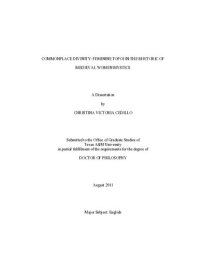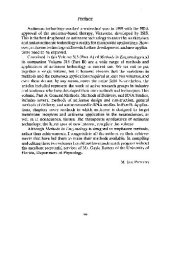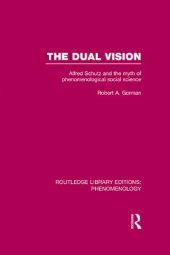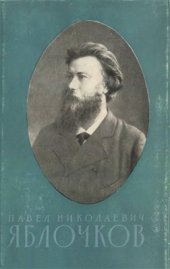
Ebook: Commonplace Divinity: Feminine Topoi in the Rhetoric of Medieval Women Mystics
Author: Christina Victoria Cedillo
- Year: 2011
- Publisher: Texas A&M University
- Language: English
- pdf
This dissertation examines the works of five medieval women mystics—Hildegard of Bingen, Hadewijch of Brabant, Angela of Foligno, Birgitta of Sweden, and Julian of Norwich—to argue that these writers used feminine topoi, commonplace images of women symbolizing complex themes, to convey authority based on embodied experience that could not be claimed by their male associates. The lens used to study their works is rhetorical analysis informed by a feminist recuperative objective, one concerned with identifying effective rhetorical strategies useful to many women and men who have traditionally been denied speech, rather than with women's entrance into traditional rhetorical canons. In addition, the project deliberately engages scholarship by critics whose work has been informed by postcolonial, gender, and queer theories. This preference allows an exploration of the ways in which legitimized language becomes unstable and permeable, permitting members of oppressed and suppressed groups to usurp the authority of dominant discourse, and of historically situated rhetorical practice as the result of cultural and textual negotiations of gender.
That the writings of the women mystics derive from diverse educational and geographical backgrounds suggests the effectiveness and scope of reinscribed feminine topoi. Traditional feminine images circumscribed women's agency by authorizing rhetorics of embodiment that emphasized the devalued status of living women who, like topoi, were viewed as ontologically derivative and subordinate to male authorities. In response, the women mystics revised feminine topoi to create embodied rhetorics that allowed them to benefit from personal experience “in the flesh” while situating their rhetorical endeavors within conventional rhetorical frameworks.
This study reveals that the women mystics' reliance on the interplay between words and bodies in the construction of mystical identities exposes the subjective quality of discursive objectivity and calls attention to the importance of emotions and corporeality in communication. Their rhetorics challenge the conventional dichotomy between the mind and body, which essentially prove too contiguous for medieval religious. Their works speak to current re-evaluations of rhetoric as a multimodal practice, shedding new light on current women's communication paradigms and challenging delineations of epistemology that privilege traditionally "rational" ways of knowing.
That the writings of the women mystics derive from diverse educational and geographical backgrounds suggests the effectiveness and scope of reinscribed feminine topoi. Traditional feminine images circumscribed women's agency by authorizing rhetorics of embodiment that emphasized the devalued status of living women who, like topoi, were viewed as ontologically derivative and subordinate to male authorities. In response, the women mystics revised feminine topoi to create embodied rhetorics that allowed them to benefit from personal experience “in the flesh” while situating their rhetorical endeavors within conventional rhetorical frameworks.
This study reveals that the women mystics' reliance on the interplay between words and bodies in the construction of mystical identities exposes the subjective quality of discursive objectivity and calls attention to the importance of emotions and corporeality in communication. Their rhetorics challenge the conventional dichotomy between the mind and body, which essentially prove too contiguous for medieval religious. Their works speak to current re-evaluations of rhetoric as a multimodal practice, shedding new light on current women's communication paradigms and challenging delineations of epistemology that privilege traditionally "rational" ways of knowing.
Download the book Commonplace Divinity: Feminine Topoi in the Rhetoric of Medieval Women Mystics for free or read online
Continue reading on any device:

Last viewed books
Related books
{related-news}
Comments (0)

















